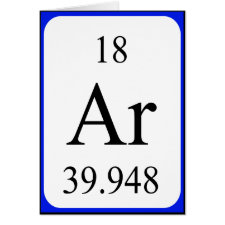
Authors: Li CX, Ma Y, Niu H, Zhang HQ
Article Title: Hydrophilic Hollow Molecularly Imprinted Polymer Microparticles with Photo- and Thermoresponsive Template Binding and Release Properties in Aqueous Media.
Publication date: 2015
Journal: ACS Applied Materials & Interfaces
Volume: 7
Issue: (49)
Page numbers: 27340-27350.
DOI: 10.1021/acsami.5b08868
Abstract: A facile, general, and efficient approach to prepare hydrophilic hollow molecularly imprinted polymer (MIP) microparticles with photo- and thermoresponsive template binding and release behaviors in aqueous media is described, which includes the preparation of uniform "living" silica submicrospheres bearing surface atom transfer radical polymerization (ATRP)-initiating groups (i.e., alkyl halide groups) via a one-pot sol-gel method, their subsequent grafting of azobenzene (azo)-containing MIP shell and poly(N-isopropylacrylamide)-block-poly(2-hydroxyethyl methacrylate) (PNIPAAm-b-PHEMA) brushes via successive surface-initiated ATRP, and final removal of the silica core. The successful synthesis of such hydrophilic hollow MIP microparticles was confirmed with SEM, FT-IR, water dispersion stability, and static contact angle studies. They proved to show apparently higher template binding capacities than the corresponding solid ones and obvious photo- and thermoresponsive template binding properties in aqueous solutions. Moreover, their pronounced light- and temperature-controlled template release in aqueous media was also demonstrated. In particular, the introduction of PNIPAAm-b-PHEMA brushes onto hollow MIP microparticles imparted them with high surface hydrophilicity both below and above the lower critical solution temperature of PNIPAAm, which paves the way for their applications in such areas as controlled drug/chemical delivery and smart bioanalysis
Template and target information: 2,4-dichlorophenoxyacetic acid, 2,4-D
Author keywords: Molecularly imprinted polymers, hollow polymer microparticles, Water-compatible, stimuli-responsive, controlled drug delivery



Join the Society for Molecular Imprinting

New items RSS feed
Sign-up for e-mail updates:
Choose between receiving an occasional newsletter or more frequent e-mail alerts.
Click here to go to the sign-up page.
Is your name elemental or peptidic? Enter your name and find out by clicking either of the buttons below!
Other products you may like:
 MIPdatabase
MIPdatabase









